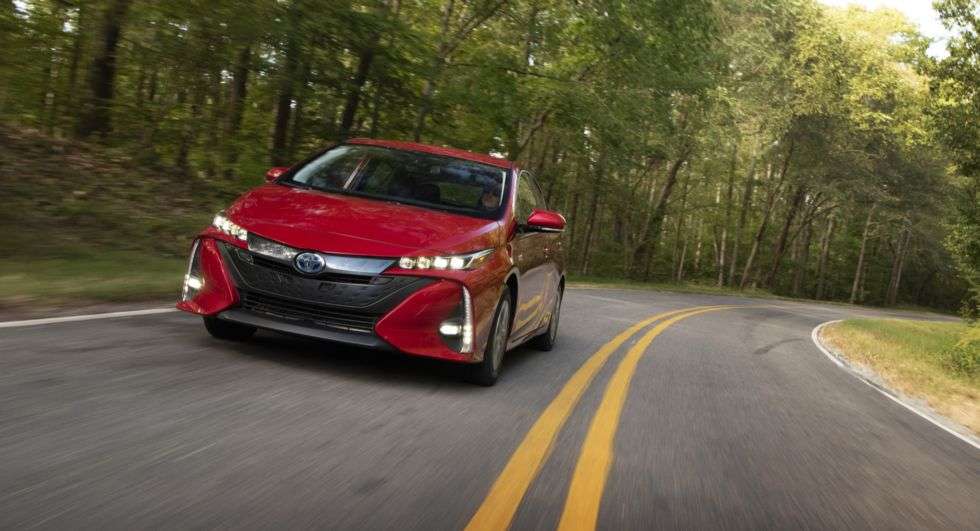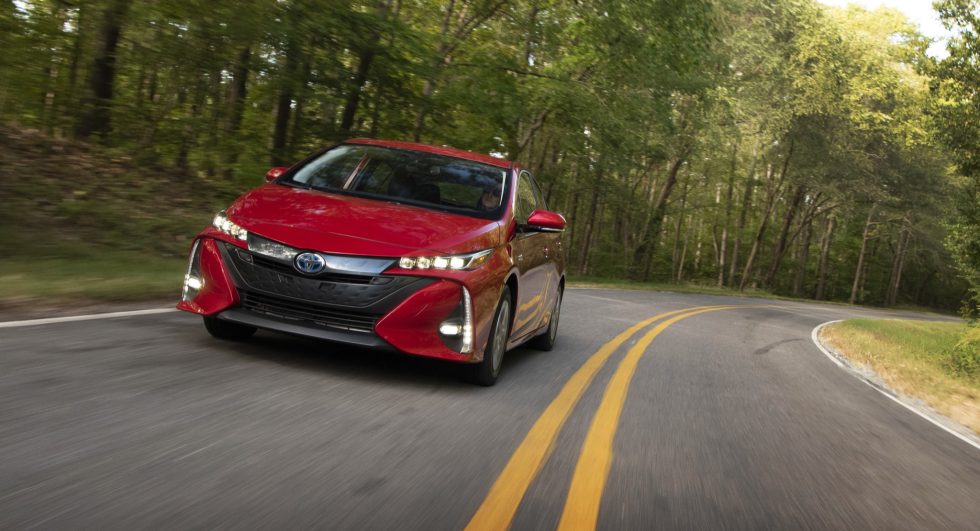
The 2020 Toyota Prius Prime plug-in proves pleasing, perhaps pedestrian
-

It feels almost like negligence on my part to say that, until December, I had never driven a Prius. [credit: Toyota ]
This might be a dreadful admission to make, but until late December, I’d never driven a Toyota Prius. It’s not that we’ve ignored the hybrid in our coverage, it’s just that it has always been someone other than me driving it. To rectify that error, I spent a week with a 2020 Prius Prime Limited, the $33,500* range-topping plug-in version of the car that, for a while, was a synonym for being environmentally conscious.
Not a huge amount has changed in the two years since Ars last drove a Prius Prime. It’s still a plug-in hybrid EV with a 1.8L, four-cylinder internal combustion engine under the hood that generates 95hp (71kW) and 105lb-ft (142Nm). The internal combustion engine uses the more efficient Atkinson cycle; this delays closing the intake valve until the piston is already moving back up during the compression stroke, meaning that it compresses less volume than gets expanded subsequently in the power stroke. As a result, the engine has a thermal efficiency of about 40 percent, which is better than just about any other engine outside of Formula 1 or Mazda’s Skyactiv-X engine.
The internal combustion engine is joined by a 71hp (53kW) permanent magnet synchronous electric motor, the two working together to drive the front wheels through a continuously variable transmission, for a total system output of 121hp (90kW). (Beware, purists: the internal combustion engine can directly drive the front wheels when it’s more efficient to do so.) The battery pack is an 8.8kWh lithium-ion unit weighing 265lbs (120kg) giving the Prius Prime a range of up to 25 miles (40km) on electric power alone. Recharging is just via AC power and takes about two hours with a 240V source or five hours connected to a 110V socket. The EPA rates it at 133mpge or 54mpg on gasoline alone.
Read 8 remaining paragraphs | Comments




